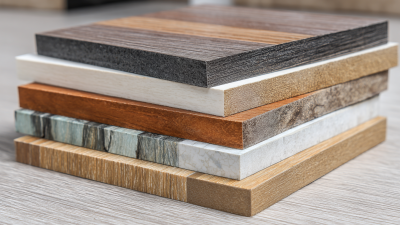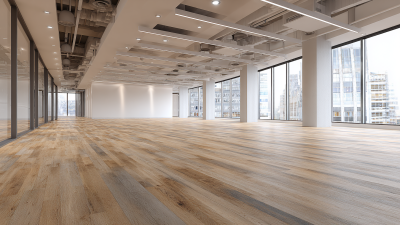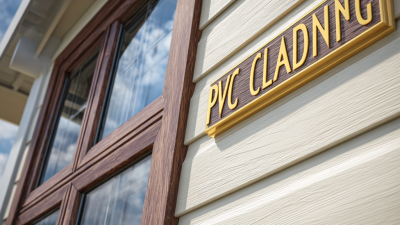Leave Your Message
-
Facebook
-
Whatsapp
-
Whatsapp


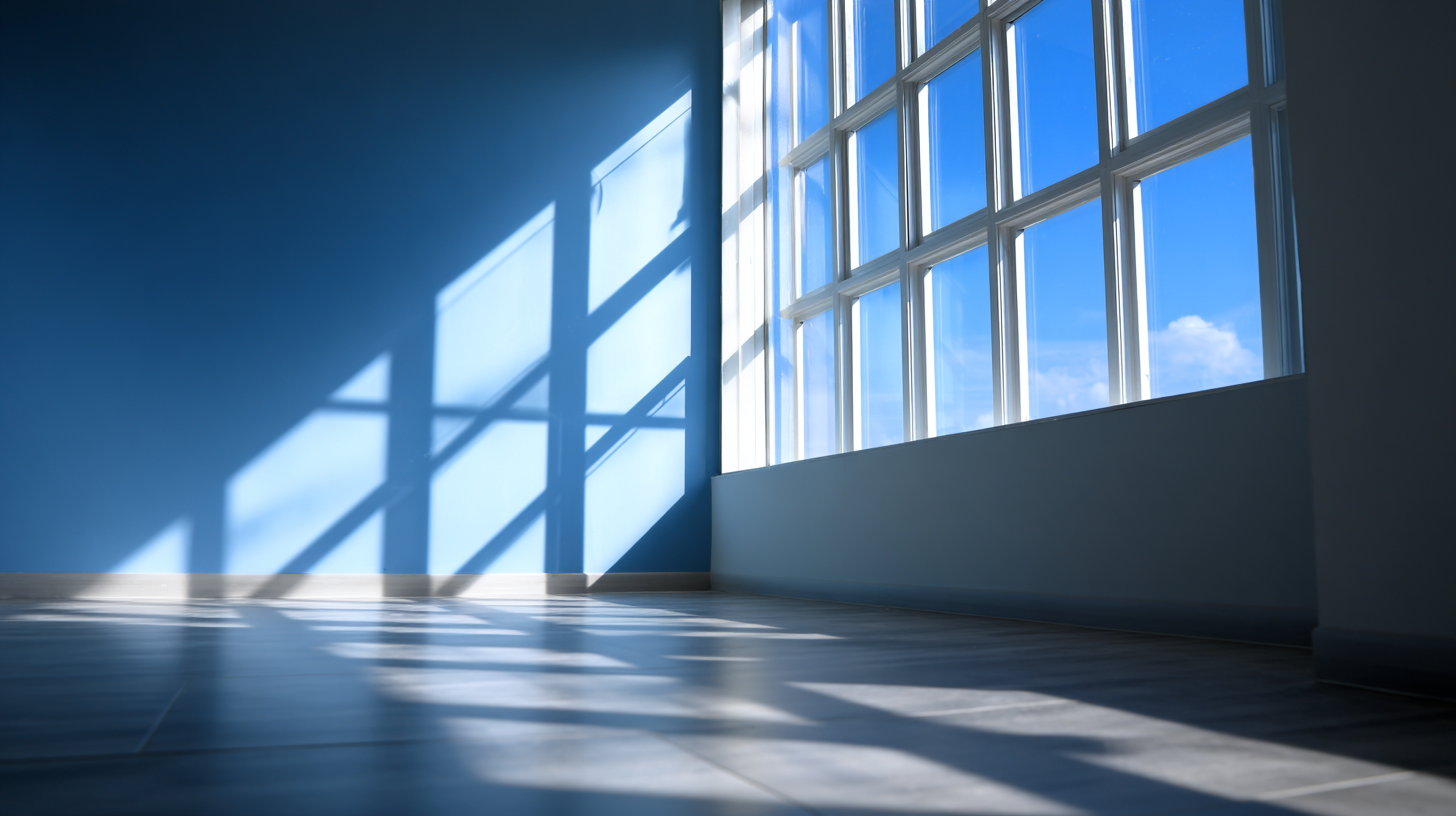 In the quest for sustainable building solutions, the construction industry is increasingly turning its attention to innovative materials that not only enhance aesthetic appeal but also contribute to environmental conservation. One such material gaining popularity is PVC cladding sheets. Renowned expert in sustainable architecture, Dr. Emily Carter, emphasizes the significance of this material, stating, "PVC cladding sheets offer a versatile and durable solution that minimizes waste while maintaining insulation efficiency."
In the quest for sustainable building solutions, the construction industry is increasingly turning its attention to innovative materials that not only enhance aesthetic appeal but also contribute to environmental conservation. One such material gaining popularity is PVC cladding sheets. Renowned expert in sustainable architecture, Dr. Emily Carter, emphasizes the significance of this material, stating, "PVC cladding sheets offer a versatile and durable solution that minimizes waste while maintaining insulation efficiency."
As we explore the benefits of PVC cladding sheets, it becomes clear that they are not just a trend, but a practical choice for modern construction. These sheets are lightweight, easy to install, and available in a variety of designs, making them an excellent option for architects and builders aiming to achieve a balance between functionality and sustainability. Moreover, the longevity and low maintenance requirements of PVC cladding sheets position them as a smart investment for any building project.
This introduction sets the stage for a deeper examination of PVC cladding sheets, exploring their environmental benefits, cost-effectiveness, and role in enhancing energy efficiency within buildings. By understanding the advantages of incorporating PVC cladding sheets into sustainable building practices, we can contribute to a greener future while meeting the demands of contemporary architecture.
PVC cladding sheets have emerged as a favorable option in sustainable architecture, offering multiple advantages that contribute to eco-friendly building practices. One significant benefit is their durability; these sheets are resistant to rot, corrosion, and UV radiation, resulting in a longer lifespan compared to traditional materials. This longevity not only reduces the frequency of replacements but also minimizes waste, aligning with sustainable building principles. Furthermore, PVC cladding requires minimal maintenance, which means fewer resources are expended on upkeep over time.
In addition to their longevity, PVC cladding sheets are lightweight and easy to install, which can significantly reduce labor costs and construction time. This efficiency translates into less energy consumption during the building process, further enhancing their sustainability profile. Additionally, many manufacturers are increasingly producing PVC from recycled materials, contributing to a circular economy and promoting the use of recycled content in construction. The ability to recycle PVC at the end of its life cycle ensures that these materials do not contribute to landfill waste, solidifying their role as a responsible choice in modern architecture.
| Benefit | Description | Sustainability Impact | Longevity & Maintenance |
|---|---|---|---|
| Durability | PVC cladding sheets resist moisture, pests, and UV exposure. | Long-lasting materials reduce the need for replacements. | Minimal maintenance required extends lifespan. |
| Energy Efficiency | Insulating properties help control building temperature. | Lower energy consumption for heating and cooling. | Less frequent HVAC maintenance due to stability. |
| Recyclability | PVC can be recycled at the end of its life cycle. | Contributes to a circular economy by reducing waste. | Encourages sustainable end-of-life practices. |
| Aesthetic Versatility | Available in various colors and finishes, enhancing design. | Supports aesthetic choices without compromising sustainability. | Minimal repainting required maintains appearance. |
| Cost-Effectiveness | Lower initial costs and savings on maintenance. | Cost savings can be reinvested in more sustainable projects. | Long-term savings contribute to overall sustainability budgeting. |
The environmental impact of PVC cladding in construction projects is a significant consideration as the building industry moves towards sustainable practices. PVC cladding sheets are increasingly favored for their durability and energy efficiency. These materials are lightweight and can help reduce the overall weight of buildings, which can, in turn, decrease transportation emissions during construction. Additionally, PVC is largely recyclable, and when recycled properly, it can minimize waste in landfills, contributing positively to environmental conservation efforts.
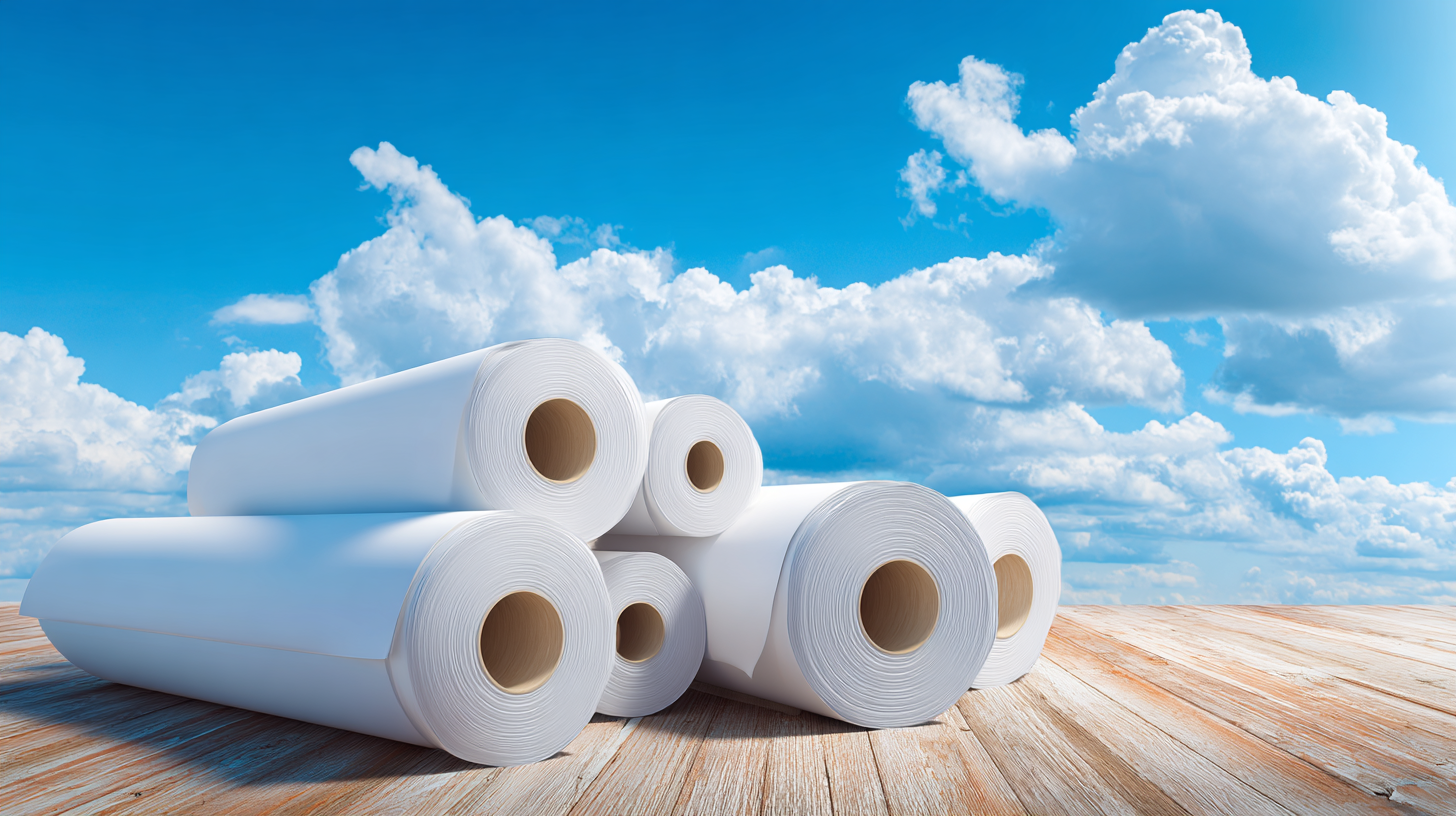
Tips for using PVC cladding sustainably include selecting sheets that are manufactured using eco-friendly processes, which often reduces harmful emissions during production. It's also beneficial to work with local suppliers to diminish transportation-related environmental impacts. Furthermore, consider using PVC cladding in renovation projects to extend the lifecycle of existing buildings, thereby limiting the need for new materials and conserving resources.
Another advantage of PVC cladding is its insulation properties, which enhance energy efficiency in buildings, thus lowering heating and cooling costs. To maximize these benefits, ensure that the installation is performed correctly to create a seamless barrier against the elements, which can also promote longevity and reduce maintenance needs over time.
PVC cladding sheets have emerged as a cost-effective solution for sustainable building projects. Their lightweight nature reduces transportation costs, while the ease of installation lowers labor expenses. Compared to traditional cladding materials, PVC offers a longer lifespan and requires minimal maintenance, which translates into significant savings over time. These factors make PVC cladding an attractive option for builders seeking to reduce initial expenditures without compromising on durability or aesthetic appeal.
In addition to financial advantages, using PVC cladding contributes to sustainability by minimizing waste associated with other types of building materials. PVC is fully recyclable and can be repurposed at the end of its life cycle, promoting a circular economy in construction. Furthermore, its energy efficiency properties help reduce heating and cooling costs in buildings, enhancing overall energy performance. By choosing PVC cladding sheets, builders not only achieve economic benefits but also take meaningful steps toward environmentally responsible construction practices.
PVC cladding sheets are emerging as a popular choice in sustainable building solutions, particularly due to their durability and low maintenance benefits. Unlike traditional building materials that may deteriorate over time, PVC cladding offers exceptional resistance to weathering, rotting, and insect damage. This resilience ensures that buildings maintain their aesthetic appeal and structural integrity for years, reducing the need for frequent repairs or replacements.
Tip: When selecting PVC cladding, look for high-quality options that come with a warranty. This not only ensures longevity but also reflects the manufacturer’s confidence in their product.
Another significant advantage of PVC cladding is its minimal maintenance requirement. Regular cleaning with soap and water is usually sufficient to keep it looking new. Unlike wood or other materials that may require painting, staining, or sealing, PVC cladding retains its color and finish with little effort. This ease of maintenance not only saves time and money but also contributes to a more sustainable lifestyle by reducing the need for chemical treatments and resources.
Tip: Consider using eco-friendly cleaning solutions to maintain your PVC cladding. This supports sustainability while ensuring your building's exterior remains in top condition.
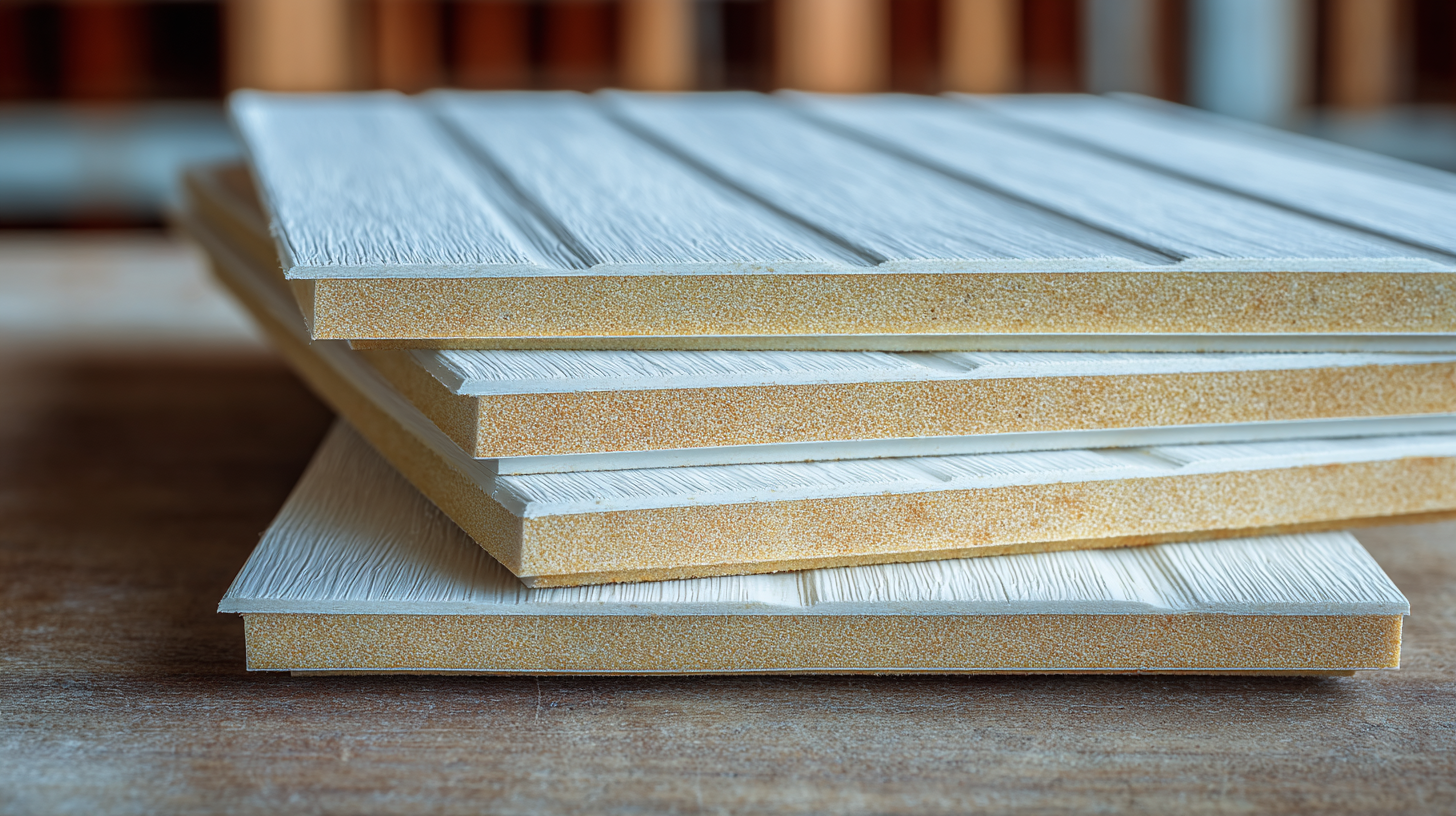
PVC cladding sheets offer an incredible range of aesthetic versatility, making them an excellent choice for enhancing the design of both residential and commercial buildings. Available in a myriad of colors, textures, and finishes, these sheets can mimic the appearance of natural materials like wood or stone while providing a more modern and durable alternative. Architects and designers have embraced PVC cladding for its ability to complement various architectural styles, from contemporary chic to rustic charm, allowing for creative expression without compromising on performance.
Beyond their visual appeal, PVC cladding sheets contribute to sustainable building solutions by reducing maintenance needs and increasing energy efficiency. With a lightweight composition, they ease the installation process and minimize the overall environmental impact. Furthermore, they resist fading, rotting, and deterioration over time, ensuring that the aesthetic qualities remain intact with minimal upkeep. This combination of vibrant aesthetics and practical benefits makes PVC cladding sheets a go-to option for those looking to elevate their building designs while adhering to sustainable practices.

